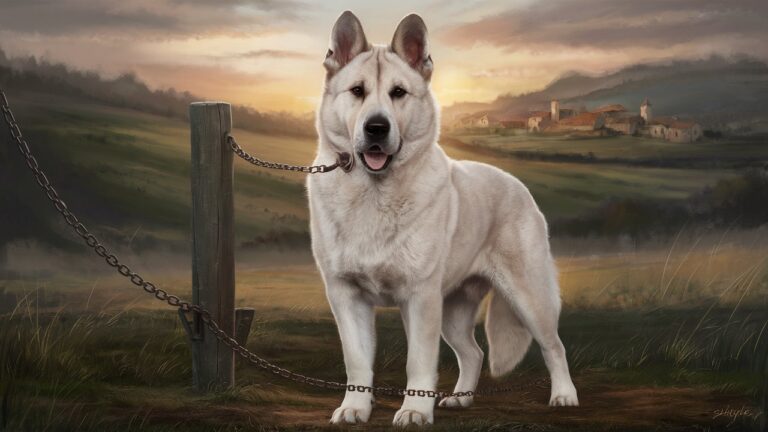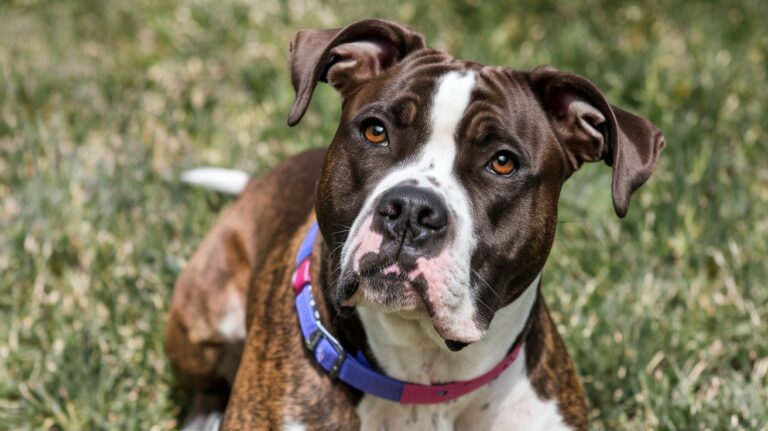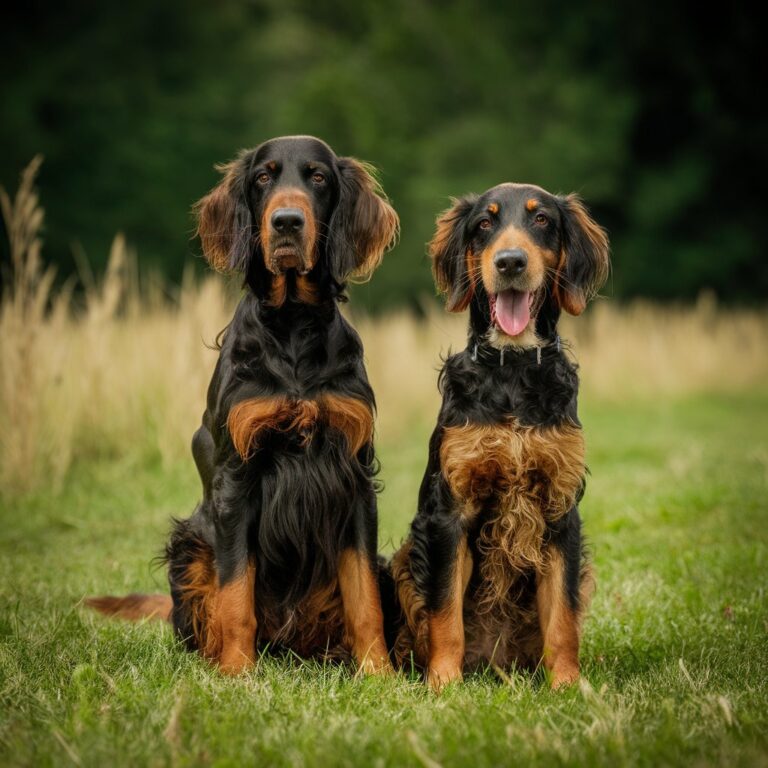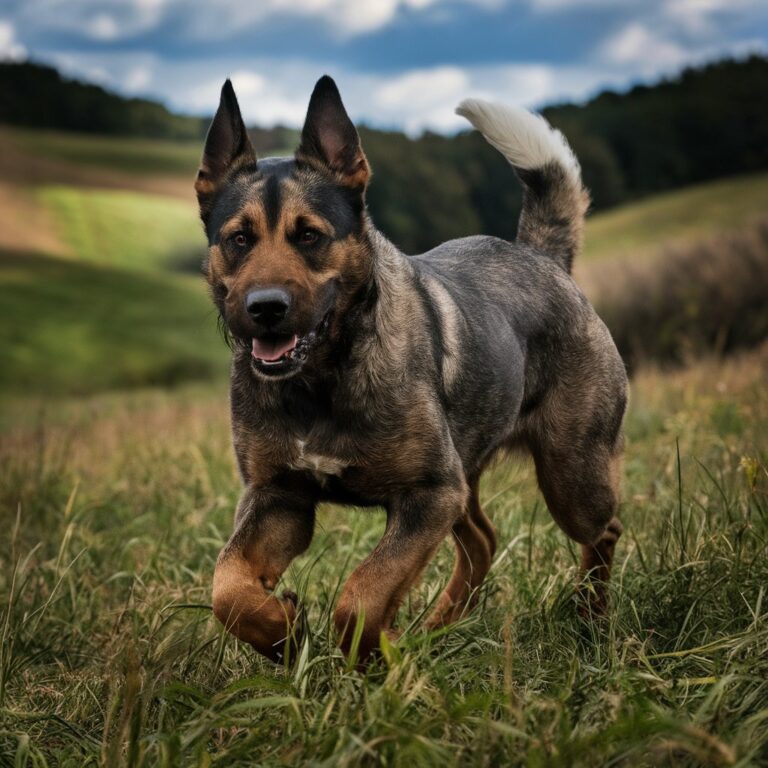The Majestic Great Pyrenees: 10 Key Points in a Comprehensive Guide
The Great Pyrenees, also known as the Pyrenean Mountain Dog, is a breed that captures the hearts of dog lovers with its majestic appearance and gentle demeanor. Originally bred to guard livestock in the Pyrenees Mountains of France and Spain, these dogs have transitioned into beloved family pets worldwide. In this article, we’ll delve into the history, characteristics, care requirements, and personal experiences of owning a Great Pyrenees.
Great Pyrenees A Brief History
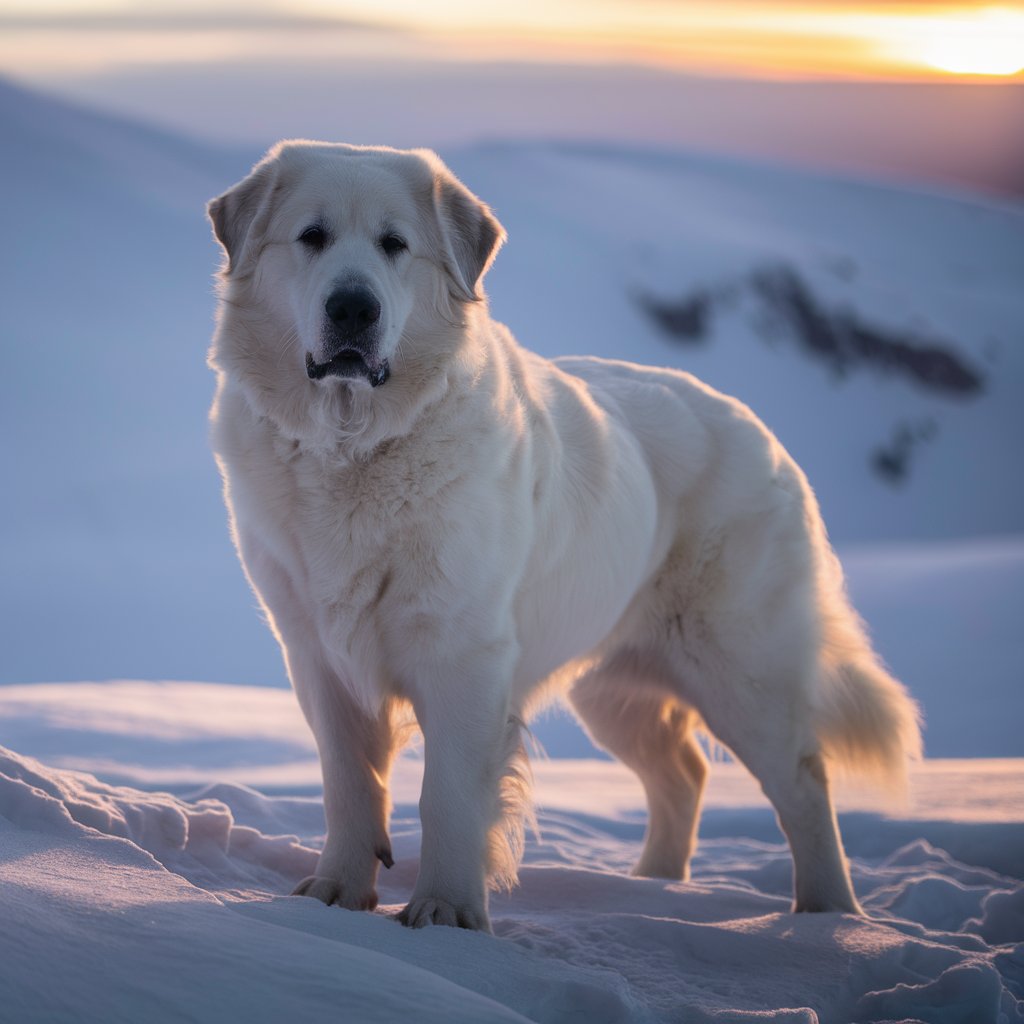
The Great Pyrenees has a long and storied past, dating back to as early as 1800 B.C. These dogs were primarily used by shepherds to protect sheep from predators like wolves and bears. Their thick double coat, strong build, and keen sense of duty made them ideal for this role. The breed’s loyalty and protective nature were so valued that French nobility also adopted them as guard dogs for their estates.
Characteristics and Temperament
The Great Pyrenees is known for its large size, often weighing between 85 to 160 pounds and standing 25 to 32 inches tall at the shoulder. Despite their imposing size, these dogs are gentle giants. They possess a calm and patient demeanor, making them excellent companions for families, including those with small children.
Physical Appearance
- Coat: The Great Pyrenees has a dense, weather-resistant double coat. The outer coat is long, thick, and straight or slightly wavy, while the undercoat is soft and dense. This coat provides insulation against both cold and heat, a necessity given their mountainous origins.
- Color: Their fur is predominantly white, although some may have gray, tan, or badger-colored markings on the head or body.
- Eyes: Dark brown eyes with an intelligent, kind expression.
- Build: Strong and muscular with a broad chest and a well-proportioned body.
Personal Anecdote: Life with Bella
Our family adopted Bella, a Great Pyrenees, three years ago. Initially, we were overwhelmed by her size and energy. However, Bella quickly became an integral part of our lives. Her gentle nature was evident from the start—she was incredibly patient with our two young children, allowing them to climb all over her and even attempting to comfort them when they cried.
Bella’s protective instincts were also apparent. One night, she woke us up with her barking. We found her standing guard by the back door, alerting us to a raccoon trying to get into our trash cans. Her presence gave us a sense of security, knowing she was always on the lookout.
Training and Socialization
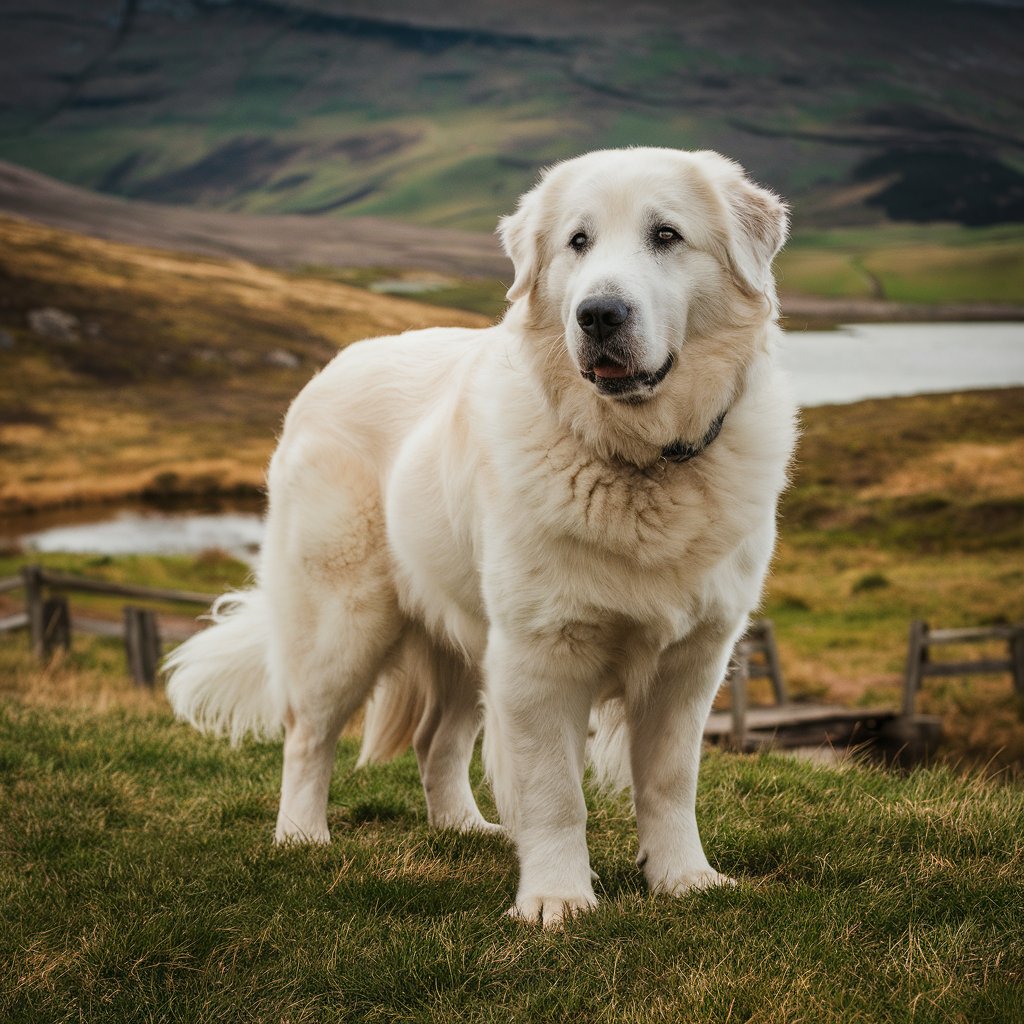
Training a Great Pyrenees requires patience and consistency. Due to their independent nature, stemming from their history as solitary guardians of livestock, they can be stubborn. Positive reinforcement techniques work best with this breed.
- Early Socialization: Introduce your Great Pyrenees to various people, environments, and other animals from a young age to ensure they develop into well-rounded adults.
- Basic Commands: Start with basic commands like sit, stay, and come. Given their intelligence, they will pick up on these quickly if trained consistently.
- Leash Training: Due to their size and strength, proper leash training is essential to ensure they are manageable on walks.
Health and Care
Like all breeds, the Great Pyrenees is prone to certain health issues. Regular vet check-ups and a healthy lifestyle can help mitigate these risks.
Common Health Issues
- Hip Dysplasia: A genetic condition that affects the hip joint, leading to arthritis and pain.
- Bloat: A serious condition where the stomach twists, requiring immediate veterinary attention.
- Patellar Luxation: Dislocation of the kneecap, which can cause lameness.
Grooming Needs
The Great Pyrenees’ thick coat requires regular grooming to prevent matting and reduce shedding.
- Brushing: Brush their coat at least once a week, more frequently during shedding seasons.
- Bathing: Bathe them every few months or when they get particularly dirty.
- Nail Trimming: Regularly trim their nails to prevent overgrowth and discomfort.
- Ear Cleaning: Check their ears weekly for signs of infection and clean as needed.
Nutrition and Exercise
A balanced diet is crucial for maintaining the health of a Great Pyrenees. High-quality dog food, appropriate for their age, weight, and activity level, is recommended. Given their size, they can be prone to obesity, so monitor their weight and adjust food intake accordingly.
Exercise Requirements
While they are not as high-energy as some breeds, Great Pyrenees still require regular exercise to stay healthy and happy.
- Daily Walks: Aim for at least 30 to 60 minutes of walking each day.
- Playtime: Provide opportunities for play and mental stimulation, such as puzzle toys and training sessions.
- Space: Ideally, they should have access to a secure, fenced yard where they can roam and patrol, as their guardian instincts are strong.
Personal Anecdote: Adventures with Bella
One of our favorite activities with Bella is hiking. Her natural affinity for the outdoors and excellent stamina make her a perfect hiking companion. On one memorable trip, we ventured into the mountains for a weekend camping trip. Bella took to the trail with enthusiasm, her large paws navigating rocky terrain with ease.
At night, she lay by our tent, keeping a watchful eye on the surroundings. Her presence not only provided security but also a deep sense of companionship. Watching her thrive in her natural element was a joy, reminding us of the historical roots of her breed.
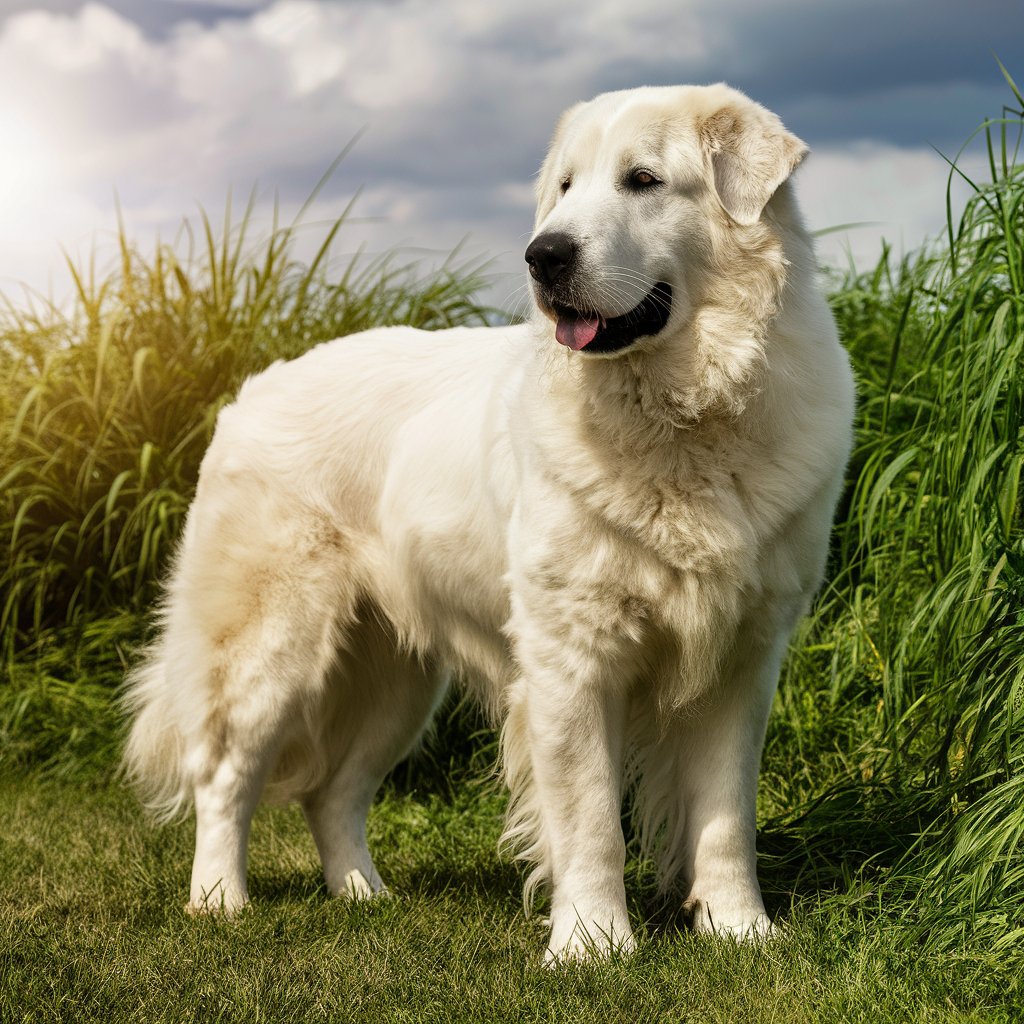
Conclusion
The Great Pyrenees is a remarkable breed, combining majestic beauty with a gentle, protective nature. They are loyal companions, well-suited for families who can meet their needs for space, grooming, and exercise. While they require a commitment to training and care, the rewards of owning a Great Pyrenees are immense. Their unwavering loyalty, gentle demeanor, and natural guarding instincts make them a treasured addition to any household.
If you’re considering adding a Great Pyrenees to your family, be prepared for a journey filled with love, adventure, and a bond that will last a lifetime. From their rich history to their modern-day roles as beloved pets, the Great Pyrenees continues to capture the hearts of those fortunate enough to share their lives with these gentle giants.
